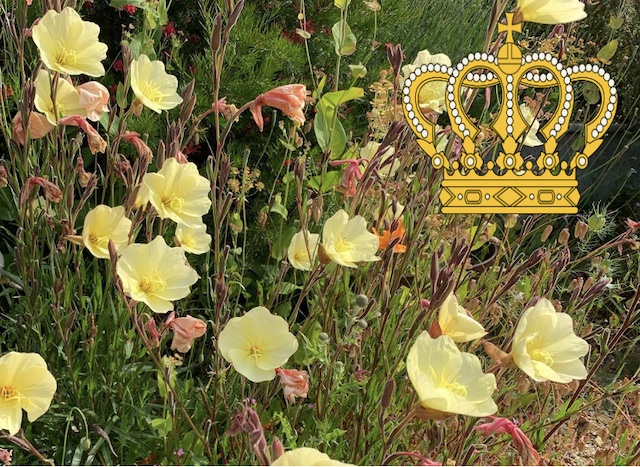
King Charles is a fantastic ambassador for progressive wildlife-friendly gardening with features such as wildflower meadows, stumperies and thyme walks in his own garden at Highgrove.
So why not create a legacy of his coronation with a project that reflects some of our new King’s enthusiasm for gardening for wildlife and create your own ‘Palace for Nature’.
Here are some suggestions
1.Create a mini-stumpery. My two sisters laughed at me when I announced that I was going to take a leaf out of Prince (as he was then) Charles’s book and create a stumpery.
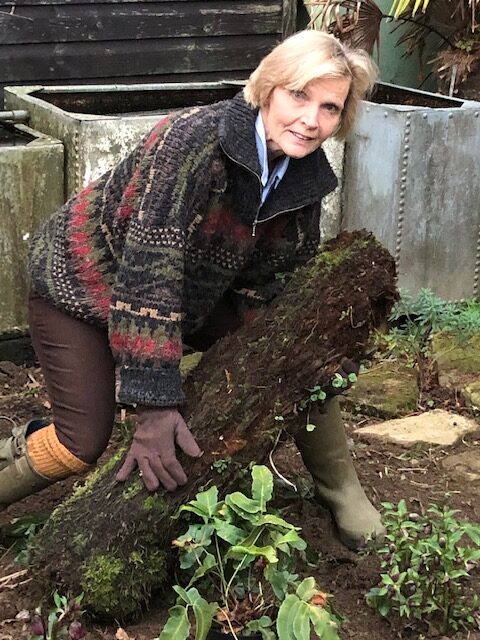
A stumpery consists of a heap of tree stumps and logs amongst which ferns and other shade loving plants can be planted. It’s true that King Charles’s are huge and impressive, but it’s a project that can be downsized to fit in any space available, and attracts a very particular range of garden wildlife that’s not so often catered for in our gardens.
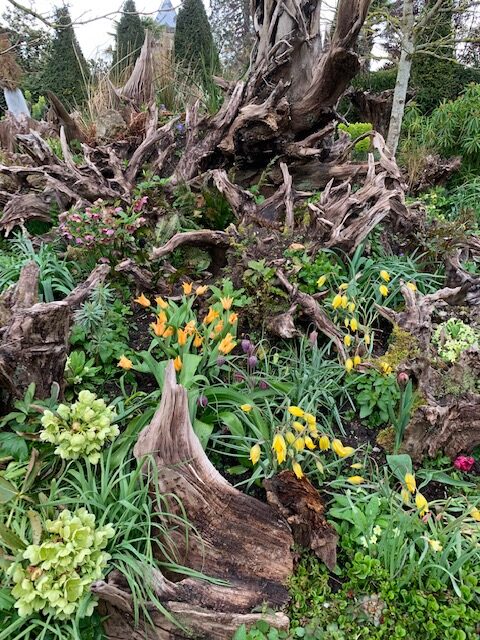
The gently rotting wood attracts a wealth of mini-beasts for other insectivorous wildlife to feast on such as wrens, and toads, and the cool damp conditions are perfect resting places for some of our rarer native reptiles such as lizards and slow worms. It’s good if you can half bury some of the bottom layer of wood to create little underground chambers as time goes by for the grubs of stag-beetles to live.
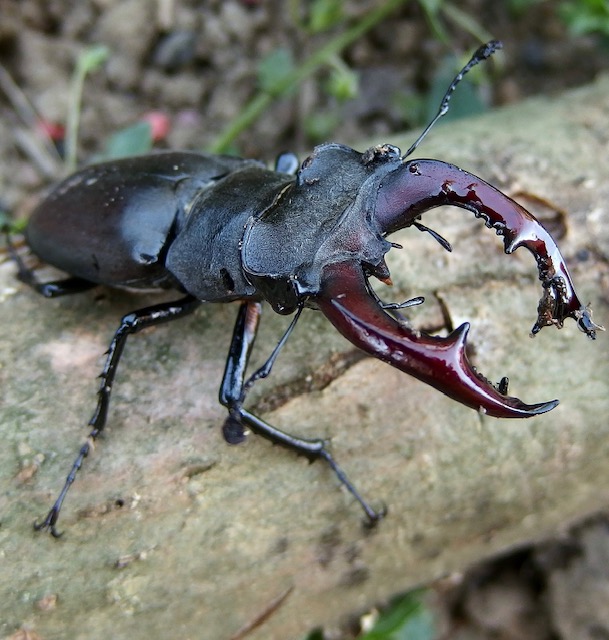
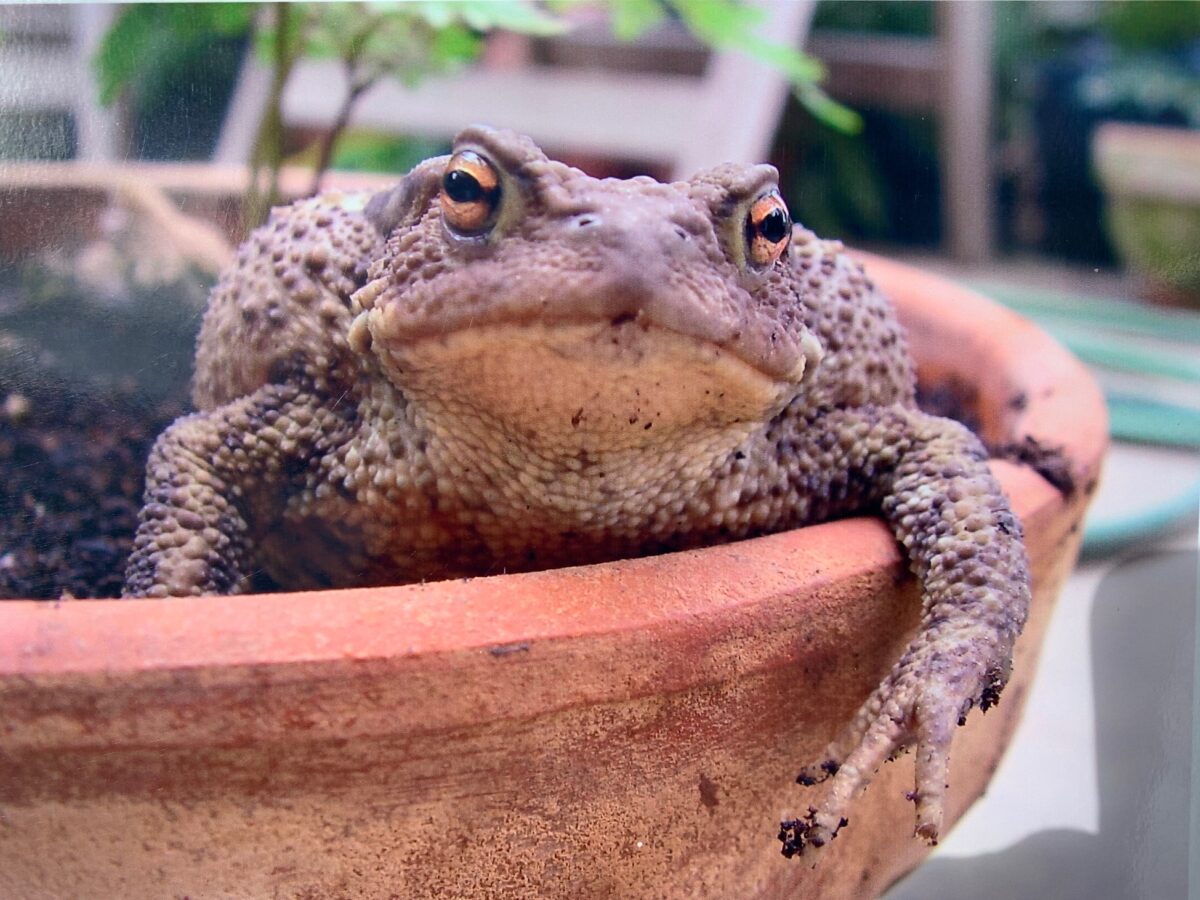
The good thing about a stumpery is that it will thrive in a dark, hitherto neglected area of the garden and I found the ideal site behind our garage. It’s great if you can find an actual tree stump or two, as the root-wood rots away much more slowly and maintains the structure for longer. But actually logs and dead trunks will suffice, then plant in between with shade-loving plants like hellebores, ferns and epimediums. This is how mine turned out
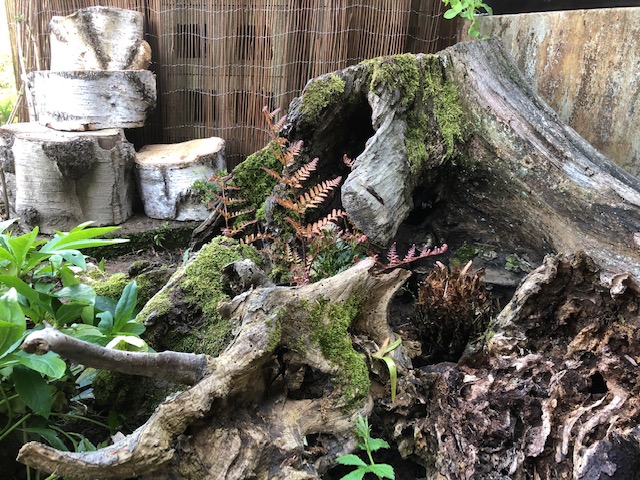
It might not be a palace in the royal sense, but over time your stumpery will definitely become a ‘Palace for Nature’.
2. Put up a ‘Bat Palace’. It’s a bit late in the spring to put up bird boxes and expect them to be used this summer, but bat boxes are a very good alternative. Bats need all the help we can give them, and with our commonest species, the pipistrelle, able to eat up to 500 flying insects an hour, they’re a great natural way to keep your summer barbecues midge-free. Bat boxes have a different design to bird boxes and your ‘Bat Palace’ can either have a single slit or several stepped slits at the bottom for the bats to crawl up into.
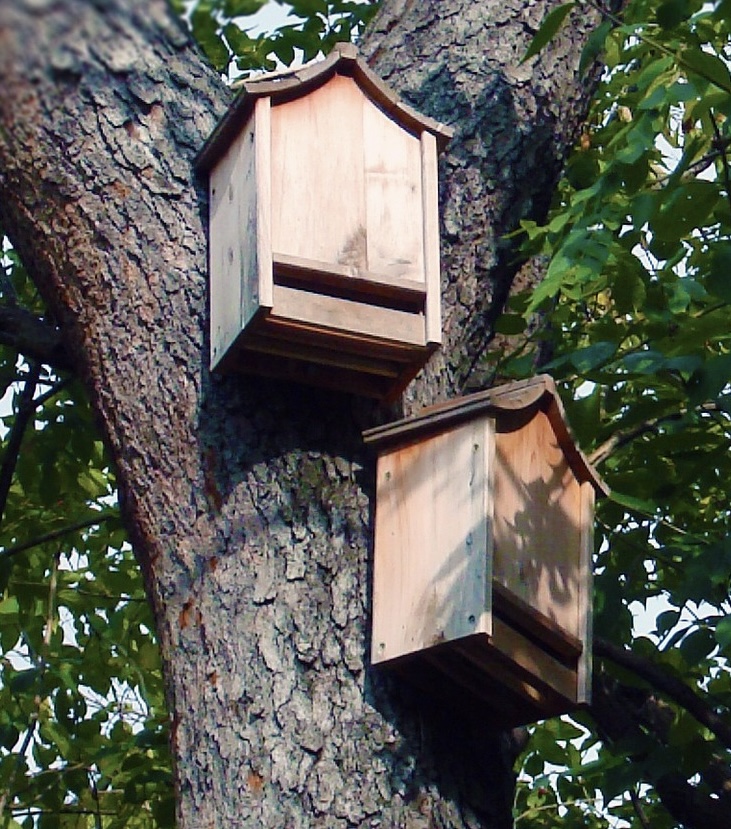
At the same time, make sure your garden has a good selection of night-flowering plants to attract the nocturnal insects that bats feed on. A lot of these plants have peak attraction at dawn and dusk and one of the very best, as its name suggests, is the evening primrose from the genus Oenothera. The commonest is the biennial Oenothera biennis, which is bright yellow, quite coarse and can self-seed a little too freely. My favourite is Oenothera stricta ‘Sulphurea’, a short-lived perennial (which also seeds around a bit, but in a good way) whose large primrose yellow flowers still glow like beacons at breakfast time and lift my heart on my early morning stroll (see our feature picture at the top of our blog post) but then change to orange and crumple by midday.
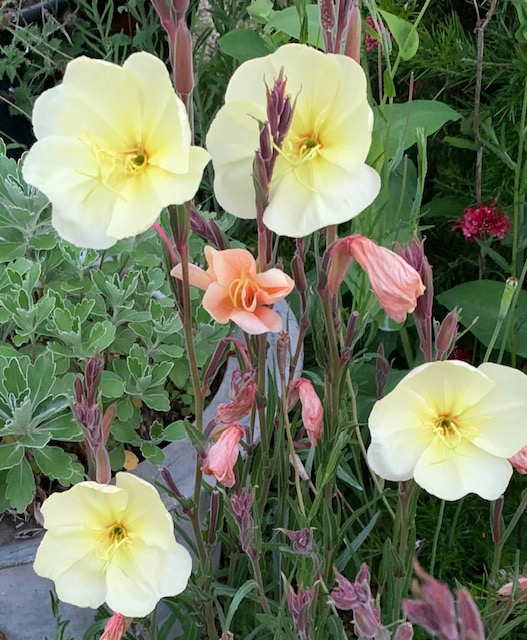
A woodbine-style twining honeysuckle with pale flowers is another huge moth magnet and the classic cottage garden Lonicera periclymenum ‘Graham Thomas’ is a good shout.
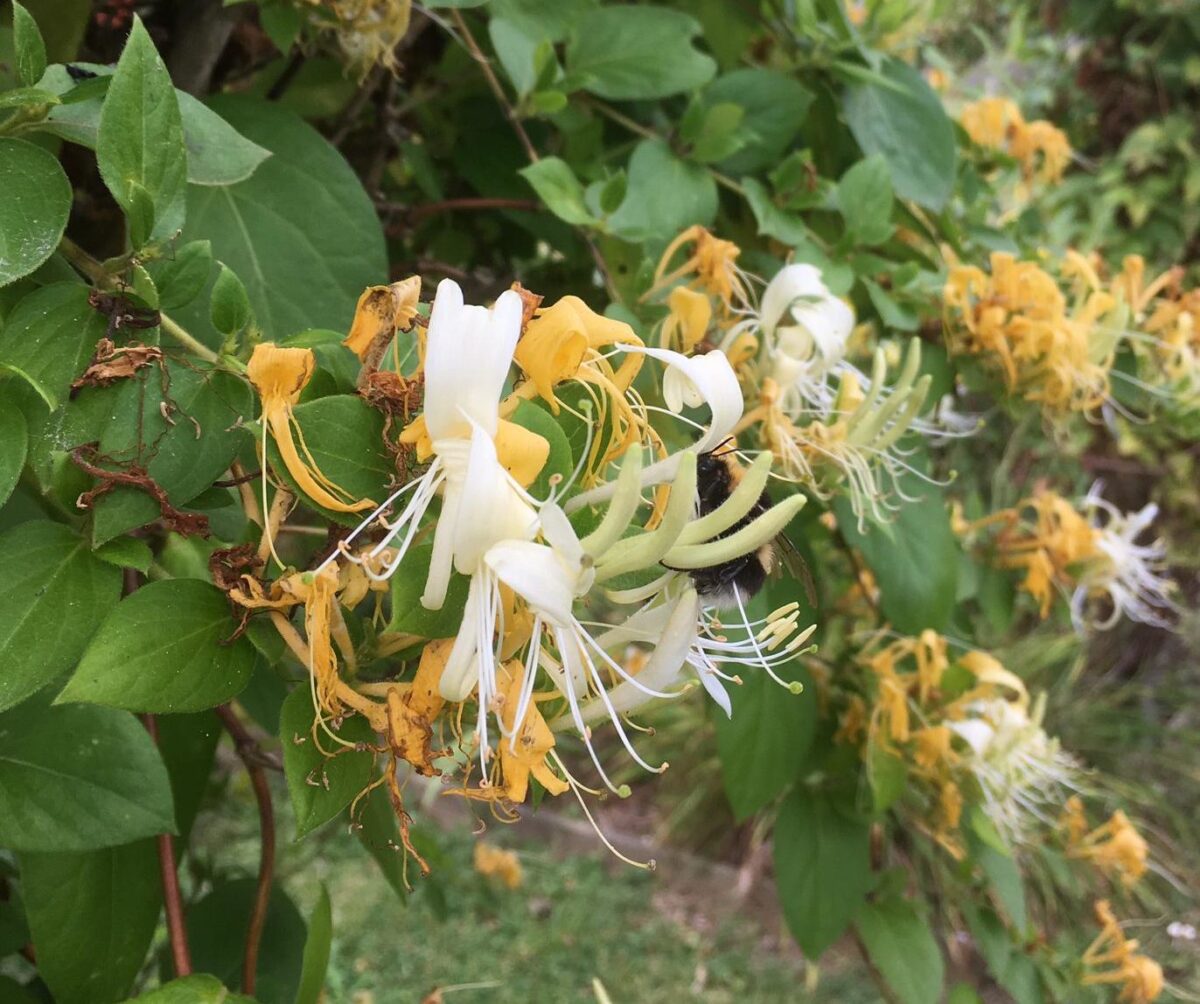
Another plant that’s recommended is the little night-scented stock Mattholia longipetala, but it’s fragile and capricious to establish. You’re supposed to sow it in-situ, but this has never worked for me and I’ve read that it prefers an alkaline soil, so great if you live on the South Downs or in the Chilterns but no good on Wealden greensand. Undaunted, I’m growing it in plugs this year and plan to plant it out in pots to which I’ve added a handful of limestone to the compost. It’s very quick to flower from seed, so you’ve got time to give this a go too.
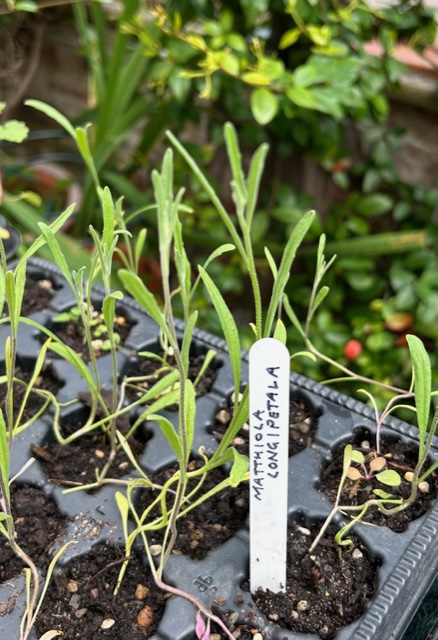
3. Create a hedgehog highway. More of a community project this, so why not propose it at your street party on Sunday? Back gardens are now vital habitats for hedgehogs but one garden alone will not provide sufficient food. So it’s really helpful if neighbours can get together and create ‘hedgehog highways’ by cutting a hedgehog size hole in the bottom of their garden fence to create a safe off-road passage between gardens.
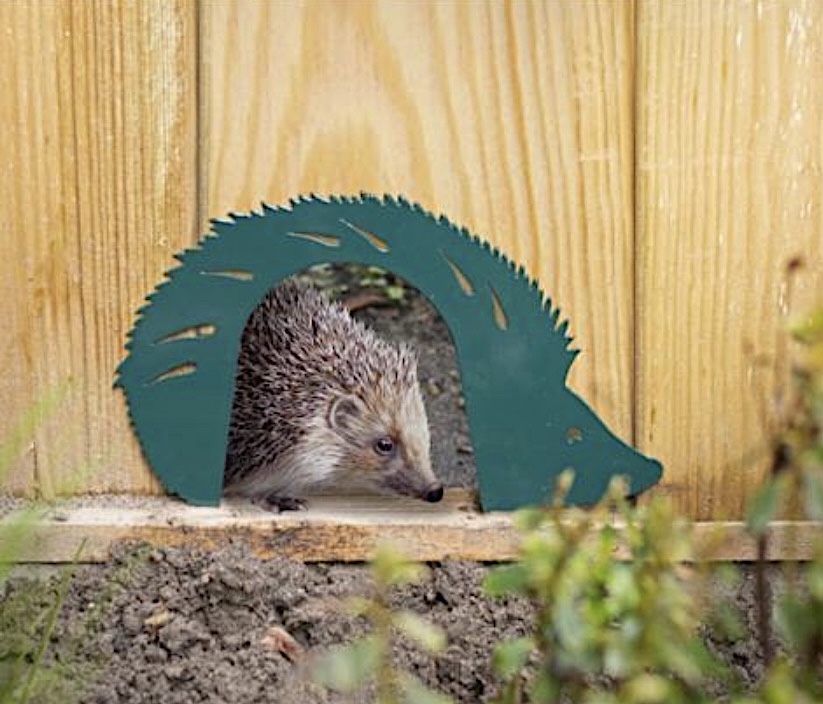
You can also put out special cat/fox proof feeding stations, and someone in the street needs to choose a warm dry spot and install the all-important hibernation box.
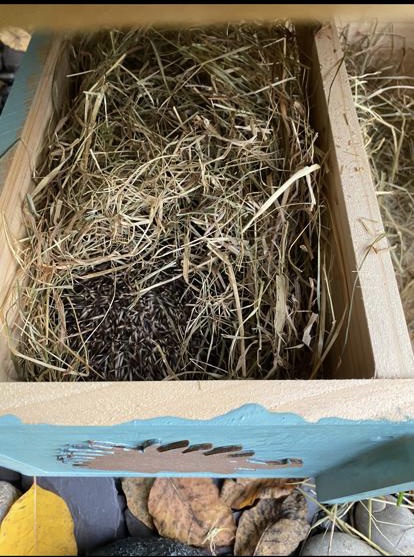
*Insanity: doing the same thing over and over again and expecting different results. Albert Einstein
I hope you enjoyed reading about three of my suggestions for garden ‘Palaces for Nature’ – I’ve also written about another two; a royal herb pot and a coronation pictorial meadow, in a guest blog ‘Palaces for Nature:celebrating the King’s Coronation’ for the South Downs National Park.
And if you would like to hear more about gardening for wildlife in general, from my sisters and me, (aka The3Growbags) do have a look at our blog ‘10 different ways to thank our garden wildlife’ written during lockdown.
NB If you’re not already a subscriber and you’d like a bit more gardening chitchat from the3growbags, please type your email address here and we’ll send you a new post every Saturday morning.
